Cat Vaccines: What Vaccines Do Cats Need?
Here’s what you should know about cat vaccines.
Here’s what you should know about cat vaccines.
by Naomi Strollo, RVT, CPDT-KA, | February 24, 2024
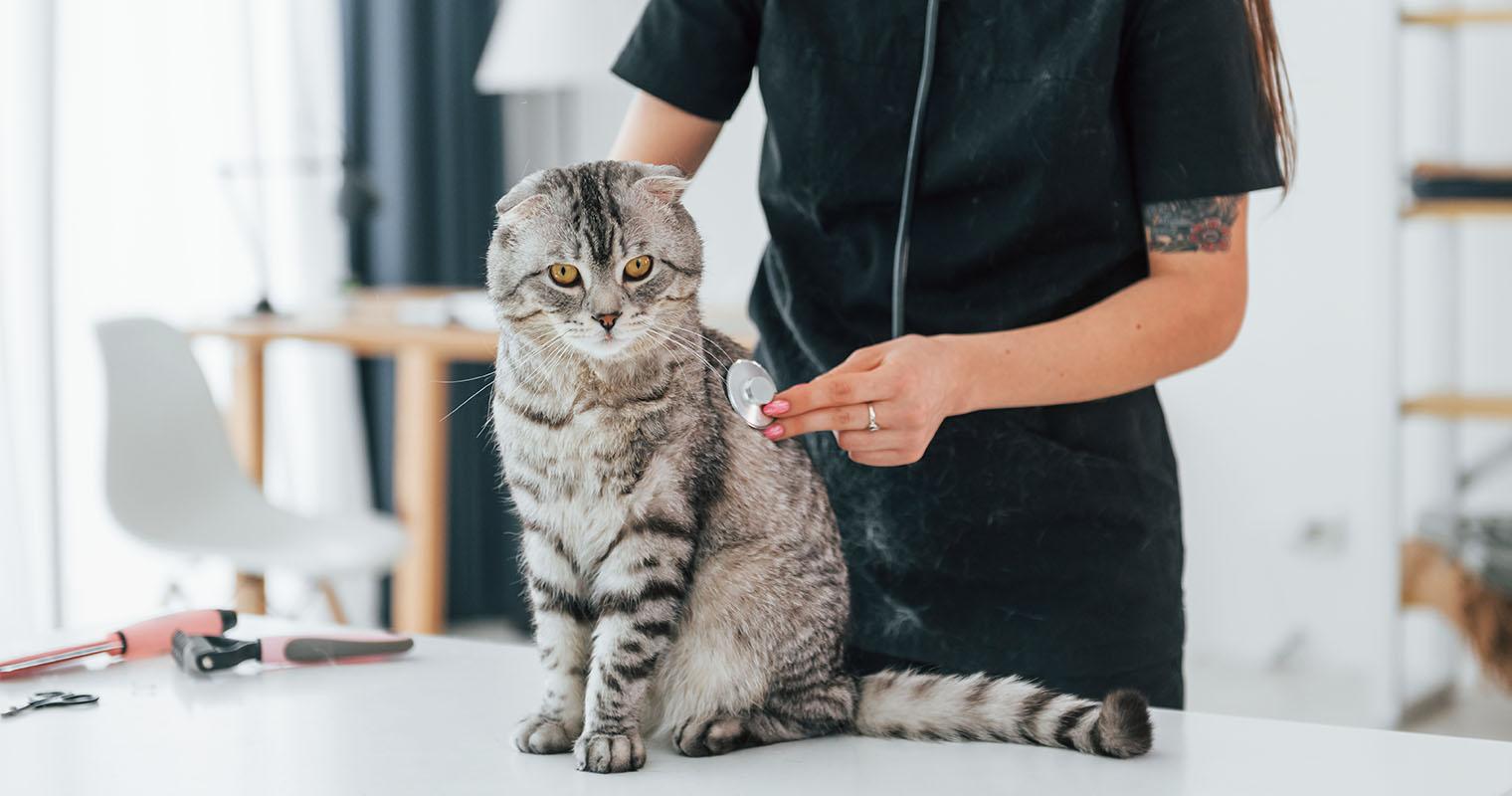
standret / AdobeStock
Does your cat really need shots? And if you don’t get them immunized, will they get sick? FPV? FHV1? FeLV? Let’s face it, cat vaccines are confusing. Deciding what’s best for our pets can be a bit of a challenge, especially when you have no idea what all those medical acronyms stand for. But your cat depends on you to decide what medical care is best for them.
So if you’re considering adopting a cat (or have already adopted one), here’s a breakdown of the core cat shots and why they’re needed to help you make a decision that you feel comfortable and confident with, all while keeping your cat healthy and safe.
The core vaccines, as recommended by the American Association of Feline Practitioners (AAFP) for kittens and adult cats include the following:
Rabies (RV)
Feline distemper shot (FVRCP)
Feline Calicivirus (FCV)
Feline Rhinotracheitis, also known as Herpesvirus (FHV1)
Feline Panleukopenia (FPV)
Feline Leukemia (FeLV)
Rabies is a viral infection that spreads quickly through bite wounds and exposure of an open wound from the saliva of an infected animal. Rabies is a serious disease that causes neurological abnormalities, and humans are at risk of getting this deadly infection, so it’s very important for cats (and dogs) to be vaccinated against it.
The FVRCP vaccine is a combination shot that protects against more than one disease and is commonly known as the feline distemper shot. But this shot actually covers many different diseases, including feline panleukopenia virus, feline calicivirus, and feline rhinotracheitis. Each of these three diseases can be easily transmitted, so it’s important to get your cat vaccinated. Here’s a bit more about each of the diseases this core cat vaccine protects against.
Panleukopenia, also known as feline distemper, is a highly contagious (to other cats) and potentially lethal virus that causes fever, vomiting, diarrhea, loss of appetite, depression/lethargy, and in some cases, sudden death. Most cats with FPV infection have no signs at all and appear normal. Kittens are particularly susceptible.
FPV is everywhere in the environment. The virus can survive at freezing and room temperatures, and it can even survive certain disinfectants. Worse, the virus is strong and can live for years. The easily transmittable virus can be carried on shoes, paws, bedding, bowls, and litter boxes, infecting cats of any age.
Calicivirus, a highly contagious virus, is a major cause of upper respiratory infection (URI) in cats. Affected cats may have sneezing, eye and nasal discharge, conjunctivitis, lethargy, loss of appetite, sores on the gums and soft tissues of the oral cavity, and lameness. Affected kittens may develop pneumonia.
The virus spreads through direct contact with the saliva, nasal mucus and eye discharge of infected cats and through aerosol droplets that spread when cats sneeze.
The feline rhinotracheitis, also known as herpesvirus, causes upper respiratory infection (URI) with sneezing, eye and nasal discharge, conjunctivitis, inflammation of the cornea (keratitis), fever, inappetence, and lethargy. Kittens have an increased risk of infection.
The virus is transmitted between cats through direct contact (contact with saliva, eye or nose secretions), inhalation of sneeze droplets (it’s also airborne), sharing food bowls and litter boxes, or contaminated environments.
The FeLV vaccination is considered a core vaccine for all cats less than one year of age. During the early stages, it is common for cats to exhibit no signs of leukemia at all. But over time, an infected cat’s health may progressively deteriorate. Symptoms of leukemia in cats can include loss of appetite, progressive weight loss, poor coat condition, enlarged lymph nodes, persistent fever, pale gums, inflammation of gums, infection of the skin, bladder and upper respiratory, persistent diarrhea, and various eye changes.
Any close contact with other cats can easily spread this difficult virus. FeLV spreads through the saliva, nasal secretions, feces, urine, and even the milk of infected cats. Casual contact, bite wounds, and nursing can all transmit the infection.
Vaccine | First shot | Second shot | Third shot |
FVRCP | 6 to 8 weeks old | 10 to 12 weeks old | 14 to 16 weeks old |
|
| (3 to 4 weeks later from the first shot) | (3-4 weeks later from the second shot) |
Vaccine | First vaccination | Second vaccination | Booster vaccination | Series continues |
FVRCP Combination (FPV, FCV, FHV1) | 6 to 8 weeks old (or upon intake) | 3 to 4 weeks after the first shot | 12 months old | Every 3 years |
Feline Leukemia Vaccine (FeLV)* | 8 weeks old (or upon intake) | 3 to 4 weeks after the first shot | 12 months old | |
Rabies | 14 to 16 weeks old (or upon intake) |
| 12 months old | Every 1 or 3 years, depending on state laws |
*Feline Leukemia Test (FELV) must be done prior to the feline leukemia vaccine. When the FeLV test is negative, then you can proceed with the vaccine.
Some shots for cats are optional and are only recommended for cats in a higher-risk environment, such as cats with outdoor access, shelter cats, cats homed with an infected cat, or a multiple-cat household (consisting of eight to 10 cats or more). With these non-core vaccines, the vaccine-specific risk must be weighed against the potential benefit that is unique to each cat’s situation.
The FeLV vaccine is a non-core vaccine for cats one year of age and older, who have no possibility of exposure to FeLV-infected cats, or other cats with an unknown FeLV status. So if your cat is indoor-only and over one year old, this would be a non-core vaccine.
The Chlamydia felis is an optional vaccine that could be considered for cats entering a population of cats, where infection is known to be regularly occurring. The vaccine provides only incomplete protection and has been associated with adverse reactions in three percent of vaccinated cats. It is not recommended as a routine vaccination in low-risk cats.
FIV is passed to other cats through direct contact (bite wounds and scratches), with outdoor cats and stray cats being the most at risk. The FIV vaccine is no longer available in North America because there were numerous problems, including the vaccine only offering limited protection. Vaccinated cats would often come up false positive when tested for FIV, which could lead to euthanasia if found in a possible stray. For this vaccine, the risks outweigh the benefits.
The bordetella bronchiseptica shot for cats is an optional vaccine. Bordetella bronchiseptica is a bacteria that is spread between cats in the sneezing secretions of one that is infected. Young kittens are at risk because they develop pneumonia rapidly. Kittens can appear to have no symptoms one day and near death 12 hours later. The good news is that since this is a bacteria, it can be killed with disinfectants. Adult cats rarely get it, and if they do, it’s like the common cold. Kittens are typically only at risk for this in high-volume catteries and breeding locations. Not recommended as a routine vaccination.
FIP vaccination is not usually recommended because the feline infectious peritonitis vaccine is not effective. Although FIP can occur in cats of any age, it is most often seen in young cats (less than two months of age). Early signs of FIP are usually very vague, with fever, lethargy, and reduced appetite. The vaccine is only showing a small percentage of efficacy, and can only be given to kittens over 16 weeks of age, so by the time the kitten could be vaccinated, they have already been exposed to the virus. So, this vaccine has little or no value.
There is a vaccine for cats that actually helps reduce cat dander-causing allergies in people. This shot will help people with cat allergies to be able to live with cats. The good news is that the vaccine has been well tolerated, but the bad news is it is still in the experimental stage so cat parents looking for relief have longer to wait.
The convenia shot is an antibiotic injection given by your veterinarian to treat skin infections, wounds, and abscesses. Yep, you read that right — you no longer need to force a pill into your cat. Once shot and done, then sit back and watch them heal.
Yes, indoor cats need to be vaccinated. The feline distemper vaccines protect cats from viruses that are airborne and the rabies vaccine is state law.
The distemper shot for cats is a combination vaccine that includes protection against panleukopenia, calicivirus, and rhinotracheitis (also known as herpesvirus).
The rabies shot for cats lasts for one year after the first injection, and then three years after each subsequent booster shot.
Cats need a series of two distemper vaccines three to four weeks apart if they are older than 16 weeks of age. If they are under 16 weeks of age, they need a series of three distemper vaccines. They would need to return one year later to get a booster.
A cat booster shot is an additional dose of a vaccine given after the initial vaccination series. Booster shots prolong a cat’s immune response to diseases.
The most important vaccine for cats is the rabies vaccine. The rabies shot is actually required by law and is transmissible to humans.
The cost of a rabies shot for cats varies from location to location. On average, a rabies shot can cost $20 to $30.
No cat is too old to get shots. Older cats have weakened immune systems and need shots to support being able to fight off different feline viruses.
Feline Vaccines: Benefits and Risks
Vaccination Guidelines for Dogs and Cats

Naomi Strollo R.V.T, CPDT-KA, has been a Registered Veterinary Technician for over 20 years. Working in general practice and emergency medicine. Having special interest in behavior, she went on to become Fear Free Certified, and a Certified Professional Dog Trainer - Knowledge Assessed (CPDT-KA). She has participated in therapy dog, confirmation, and CGC certifications with her dogs. With positive-reinforcement training, her Akita, Pitbull, and Shiba Inu know how to be friends. Living in Ohio, she enjoys sharing her knowledge through writing contributions.
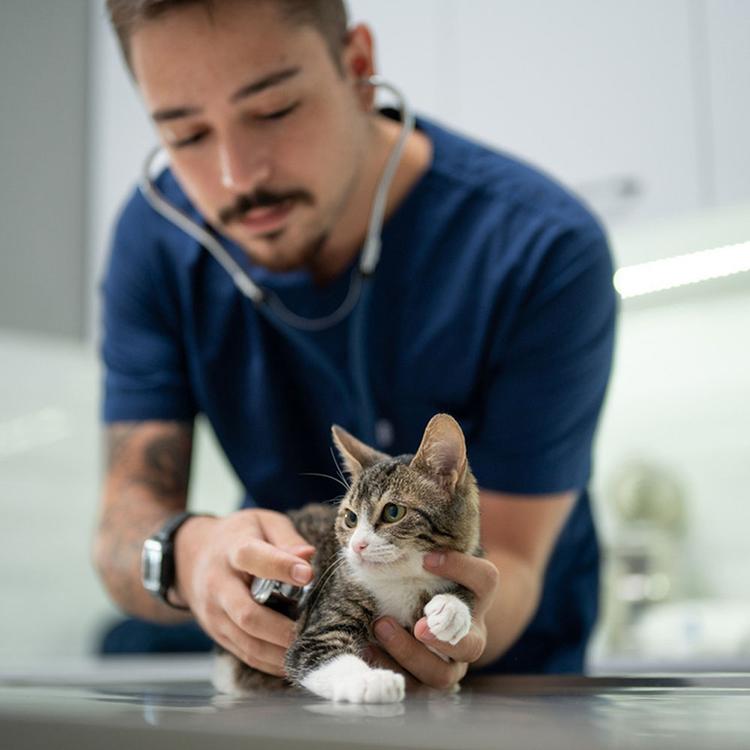
Adoption Advice
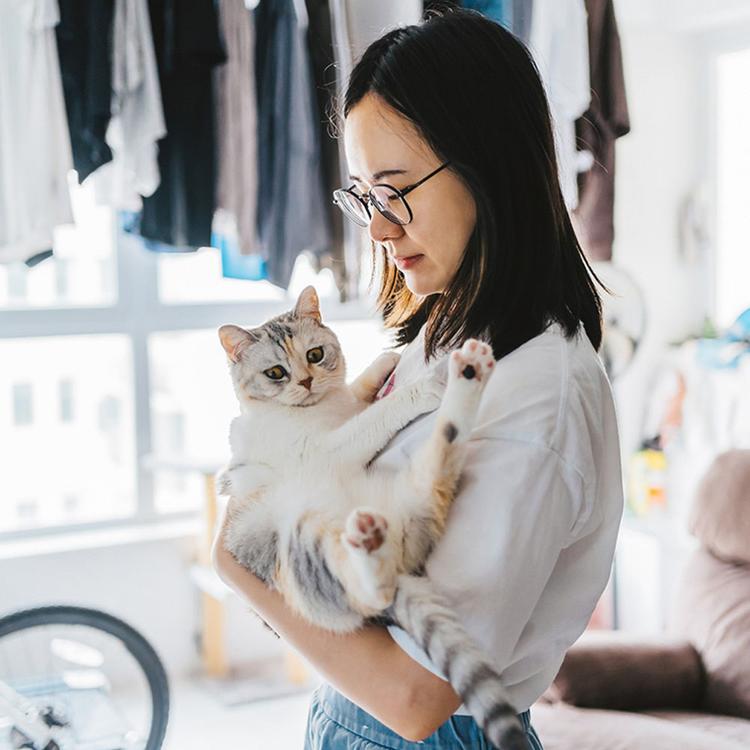
Adoption Advice

Adoption Advice
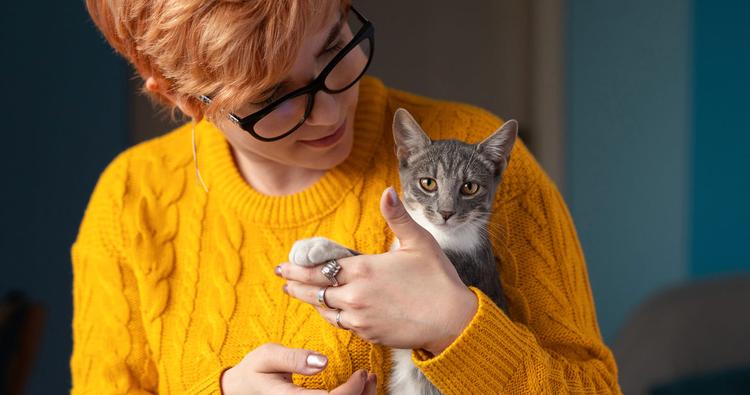
Adoption Advice
Adopting a new cat? Learn more about how you should introduce your adopted firend to their new home.
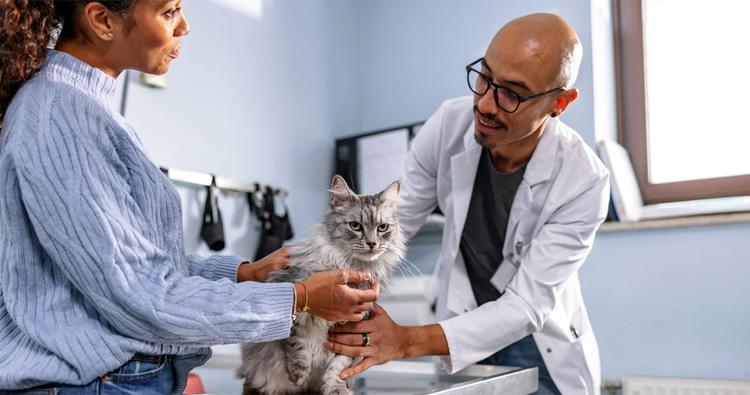
Adoption Advice
Here are a few tips to help you pick the right vet.